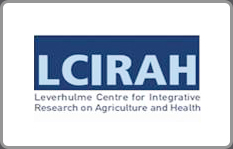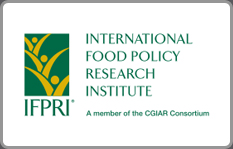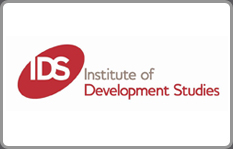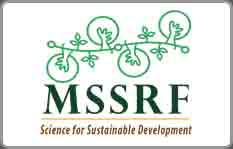The UN Food and Agriculture Organization (FAO) describes persistent fragility as occurring in areas or regions that are “in protracted crisis” (pdf) and characterised by recurrent natural disasters, conflict, persistent food crisis, a breakdown of livelihoods and/or insufficient institutional capacity to respond to the various crises. Today, 1.2 billion people live in countries affected by these conditions. In the 22 countries identified by FAO as being in protracted crisis (or...
Affecting change in fragile countries is more art, than science
Author : Jaideep GuptePublished Date : Monday, November 27, 2017
Sustainable Farming Systems for Food and Nutrition Security
Author : Alan DangourPublished Date : Friday, October 13, 2017
The 2015 Sustainable Development Goals and the UN Decade of Action on Nutrition call on all countries to end hunger and prevent malnutrition in all its forms by 2030. This is quite a challenge, and it is a challenge with sustainable agriculture and food systems at its very heart.And the current situation doesn’t look good. The latest State of Food Security and Nutrition in the World report estimates that in 2016 the number of chronically...
Blog Series for NNW2017: Part 3-Nutrient-nutrient interaction
Author : D J NithyaPublished Date : Wednesday, September 6, 2017
This is the third and final blog as part of the special series for National Nutrition Week in IndiaNutrient-nutrient interaction may affect bioavailability in a positive or negative way - i.e their interaction may either enhance or inhibit nutrient absorption or utilization.Relative proportion of nutrient present in the diet may be the most important in determining impact of nutrient interaction on the nutritional status. Eg, in the case of zinc-calcium-phytate, although calcium and phytate...
Blog Series for NNW2017: Nutrients-non nutrient component of foods
Author : D J NithyaPublished Date : Monday, September 4, 2017
Nutrient –nutrient interaction and nutrients – non nutrient component of foods can alter bioavailability of nutrients in the human body.The food we eat is the main source of nutrients, but also contains compounds that have no nutritional function. These compounds however, act as anti-nutritional factors interfering with the utilisation of nutrients present in food. Many foods, particularly those of plant origin, contain wide range of anti-nutritional that interfere with the...











